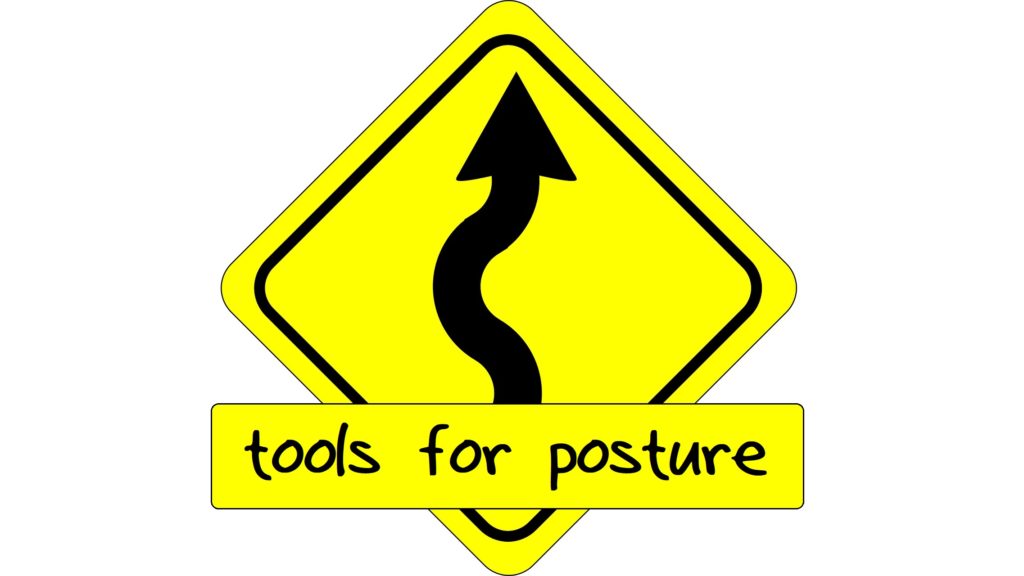We can’t be thinking about our posture ALL the time. Truly we can’t. I’ve tried to be super conscious about my posture every second – sit correctly, walk properly, stand perfectly. It was exhausting! It caused pains in all kinds of places and I’ll tell you why: I overdid it.
THE ANSWER
I was wrong, the answer wasn’t to think constantly about proper posture. It caused tension and fatigue and actually recruited other muscles that aren’t meant to deal with posture on a daily basis. I was using the sprint type of muscles when I should have been using those beefy endurance muscles.
So how do we protect our backs and necks? We need to step back and let our postural muscles do their job. Of course, if those muscles are weak like me doing bench press in high school then we might have some problems with this. I find it is best to do a few simple postural exercises that give your spine the constant protection it needs.
FIGHT AGAINST GRAVITY
We do too much that causes a forward head and shoulders while also creating too much bending in the low back. So here are two simple but excellent exercises to fight our constant battle with gravity.
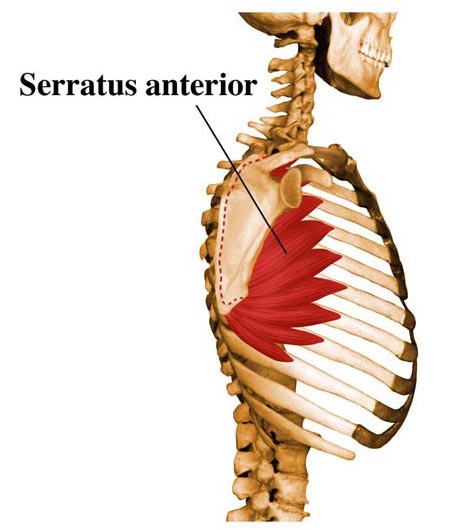
Serratus Anterior
To help bring our shoulders back and down (instead of up and rolled forward) I recommend a daily exercise for the serratus anterior muscles. These are located between the scapula (shoulder blade) and the ribs, starting near the spine and wrapping around where they attach on the sides of our ribs. When they are toned they give the jagged appearance like the serrated edge of a saw, in a line running down below the armpit area.
They counteract the upper trapezius and levator scapulae muscles on the tops of our shoulders that are keeping the shoulders so high up all day. They also bring the shoulders back and counteract our over-tight pectorals in the chest.
There are 3 levels of exercises I like to teach for this muscle, and I’ll give you the middle one today: push-up plus.
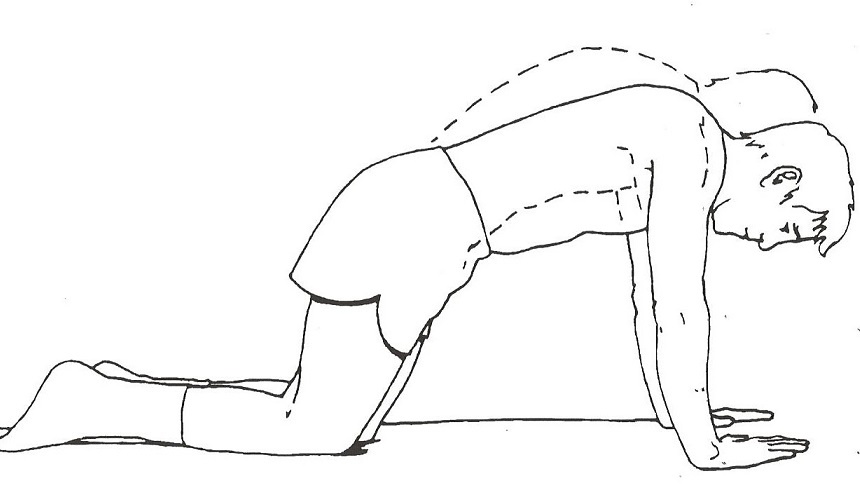
Start against a wall and eventually graduate to doing it leaning down against a chair or on the ground. Bring your arms straight in front of you at shoulder width like you just finished doing a push-up. Now add the “plus” part by bulging out your upper back. Imagine you are pushing out that part of your spine right between your shoulder blades (see picture). When you release from this position don’t let your spine completely cave in like the shoulder blades are touching each other in the back – but only gently release so you feel your “bulge” disappearing slightly. Do 20 of these, 1-2 times a day, and if you want it to be harder then hold them for a few seconds each time.
Deep Neck Flexors
Since our heads are forward all day, we start losing the proper curves in the neck. The muscles at the top of our neck (“suboccipitals”) pull at the back of the head to keep our eyes up and this stretches out and weakens the critical deep neck flexors that are located under the jaw. Imagine your head resting forward in front of your shoulders, with your jaw jutting out forward.
Exercising these muscles can help stretch out those tight suboccipitals but more importantly, it will strengthen the deep neck flexors so they can fight back and win against them.
To start this exercise, stand with your back against the wall. Make sure your head, shoulders, butt, and heels are all touching the wall – so you’re standing up straight. Now push your head back into the wall (though it feels more like pulling for some reason), and hold it there for 10-20 seconds. Repeat 3 times, and more if you feel especially pumped up. You should be using those under-the-jaw muscles at the front of the neck to accomplish this, so avoid letting your head tilt backward which would point your eyes up toward the ceiling. It should feel kind of weird, like you’re forcing a double chin and almost closing off your breathing. Another great place to do this exercise is while driving, pressing your head back against the headrest of the car seat. You might get some great looks from fellow drivers, but – hey – totally worth it!
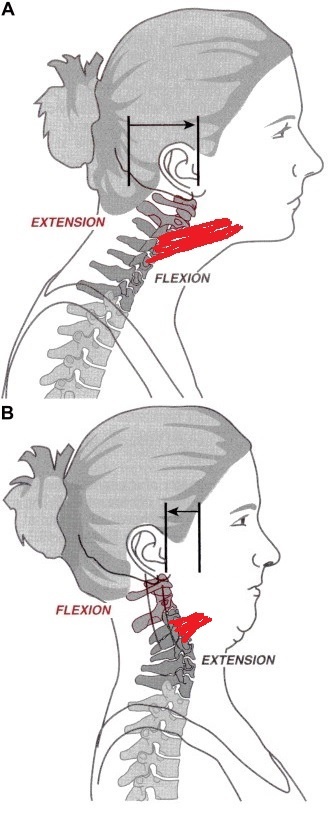
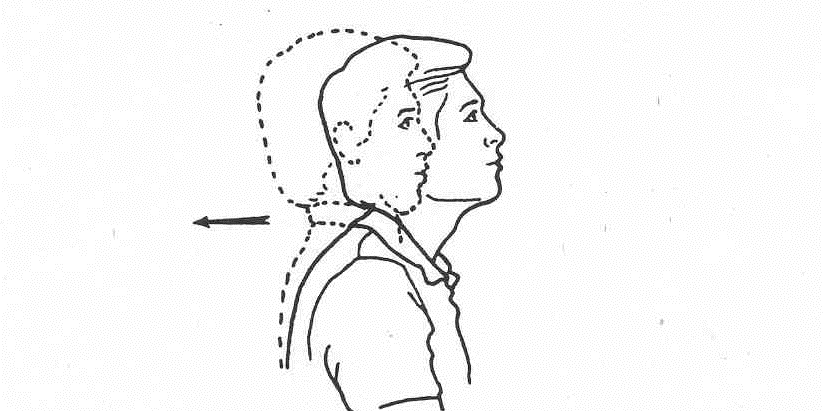
Not too bad, right? These aren’t meant to be difficult exercises, but don’t let their simplicity trick you. They are awesome for bringing the head and shoulders back where they need to be during your everyday activities. They most benefit your posture when you do them regularly (like, do them every day!).
Return next week for our concluding “post on posture”: Core strength and how it affects your posture.
